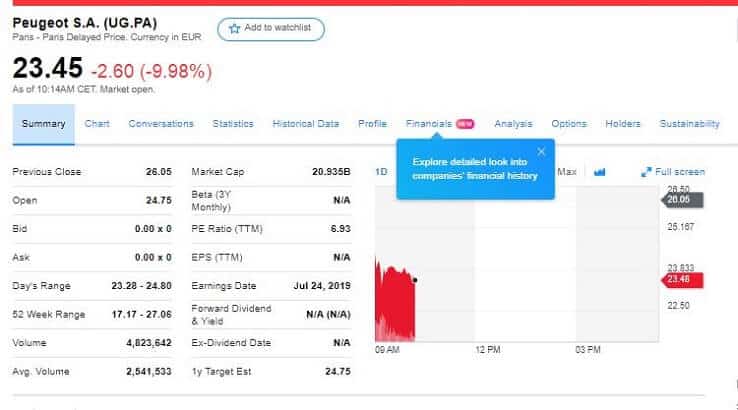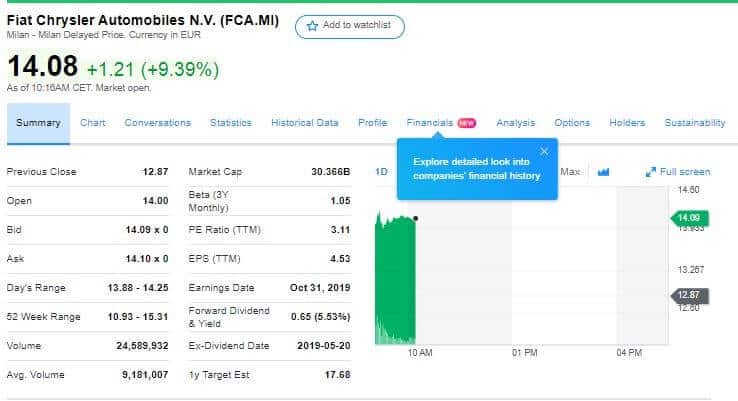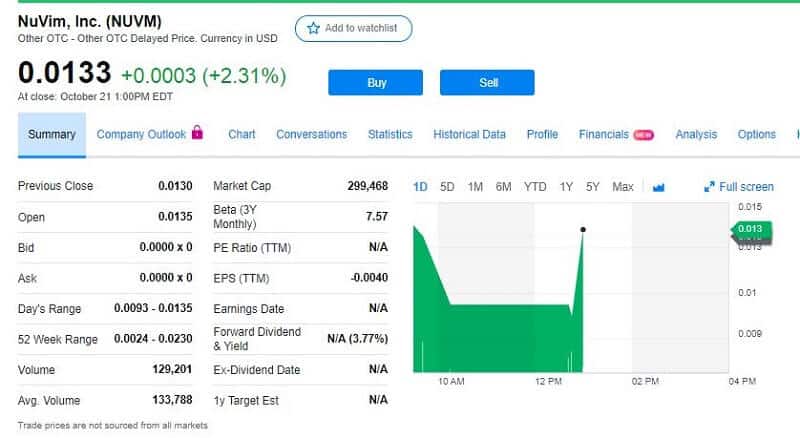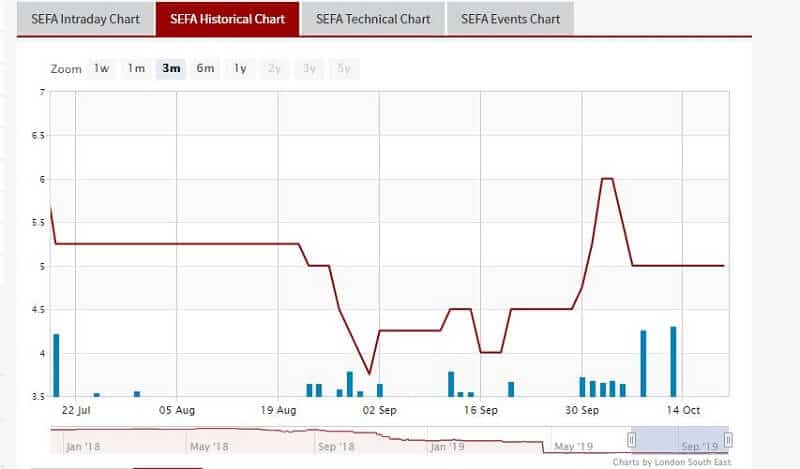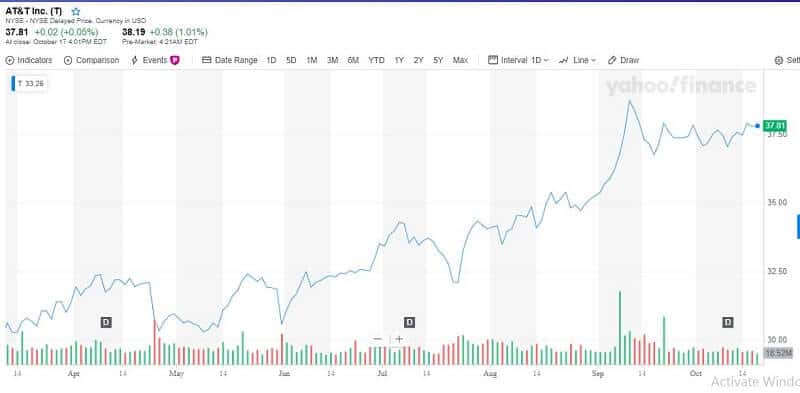
Crocs have sold more than 300 million pairs of shoes in more than 90 countries.
Crocs is traded on the NASDAQ stock market under the ticker symbol CROX. Market Cap: $2.44 B Current Price: $35.51
Crocs reported Q3 on October, 30. The company reported revenues of $313 million, which represents the new third-quarter record for Crocs or an increase of 20% – 21%. It also reported reducing revenues due to currencies of $3.0 million and reduced revenues of $4.0 million due to closing stores. But the wholesale revenues increased by 25.4%, e-commerce sales rose 28.2%, and retail comparable store sales increased by 12.5%. Gross margin was 52.4%, in the same period last year it was 53.3%. Adjusted gross margin increased 30 basis points compared to last year’s third quarter.
Crocs had, according to the Q3 report, adjusted earnings per share of 57 cents. The experts’ estimation was 40 cents. The company’s shares were up more than 10% to nearly $37 after reporting. The current price is $35.51. CEO Andrew Rees said, “Our Americas business delivered exceptional growth, driven in part by another highly successful back-to-school season.”
The great results produced a tendency for Crocs to boost its full-year guidance to 11%–12% revenue growth over 2018.
“The Crocs brand momentum continues to gain pace, and for 2020 we anticipate revenue growth over 2019 of 12% to 14%,” said Rees.
Crocs have closed more than 150 stores over the past several years. The competition was very strong. It has also focused its works on its Classic clog, profiting from the shift toward more casual and comfortable footwear.
Is Crocs a good investment?
The investors should be enthusiastic about the Crocs (NASDAQ: CROX).
Crocs is in the center of a strong increasing trend in the short term. The stock is assumed to increase 54.16% in the next 3 months and, so the price to climb between $52.32 and $62.85, expect experts. Moreover, they are seeing only positive signals for this company and strong buy signals from the short and long-term moving averages.
A general buy signal is supported by the relationship of those two, the short-term average is above the long-term average.
Where the problem may arise?
The support level is between $35.42 and $32.45. If the price falls under these levels it will be a sell signal. For now, it is a strong buy signal and an indication of additional gains. The consideration may occur because the volume fell on November, 12 notwithstanding growing prices. This shows a divergence between volume and price and it may be an unexpected warning.
But some experts see a great potential of holding this stock in the long run. Their estimations show a possible fantastic 152% profit in 18 months. The investment analysts think the Crocs stock is good to buy.
Important info about Crocs
Crocs, Inc. is a worldwide recognized as a leading producer of casual footwear with a broad portfolio of all-season colorful pairs of shoes. Crocs were first exposed at the 2002 Fort Lauderdale Boat Show.
Famous clogs were originally developed as boat shoes produced by a Canadian Company, Foam Creations, Inc. The new shoes were molded into the shape of a human foot. Just a few years later they have become practical footwear in households and professions. The ugly trend overflowed the world. You cannot love Crocs because of its aesthetics. These ugly clogs made a trap for the brand. The producer claimed that only one pair will last a lifetime. The fashion industry surviving thanks to many and frequent shifts and this kind of thinking was so far from the industry. But that has never slowed Crocs down. The slippers wipe-clean and non-slip build sent them straight to kitchens, hospitals, everywhere the workers have to stay on their feet for a long time.
It went public in 2006
The company had already adopted Crocs, Inc. In its presentation to investors, the company announced plans that requested for new footwear models, developed distribution in the US and over the world.
As investors’ interest in Crocs expanded, the company was able to increase its asking price and the number of shares on the market. Firstly, the plan was to sell 9.9 million shares at $13 to $15 per share. Crocs managed to add a bit more than a million shares and hit its asking price to the $19 to $20 range. Investors liked the company since the Crocs had extraordinary growth and a product that had a global appeal.
Today nothing has changed. Crocs is one of the most popular producers of slippers. But that isn’t the only product they have: clogs, boots, other kinds of footwear, but with a common characteristic: comfortable, long-last, colorful and funny.
The stock should be watched closely, it can produce a great profit.






